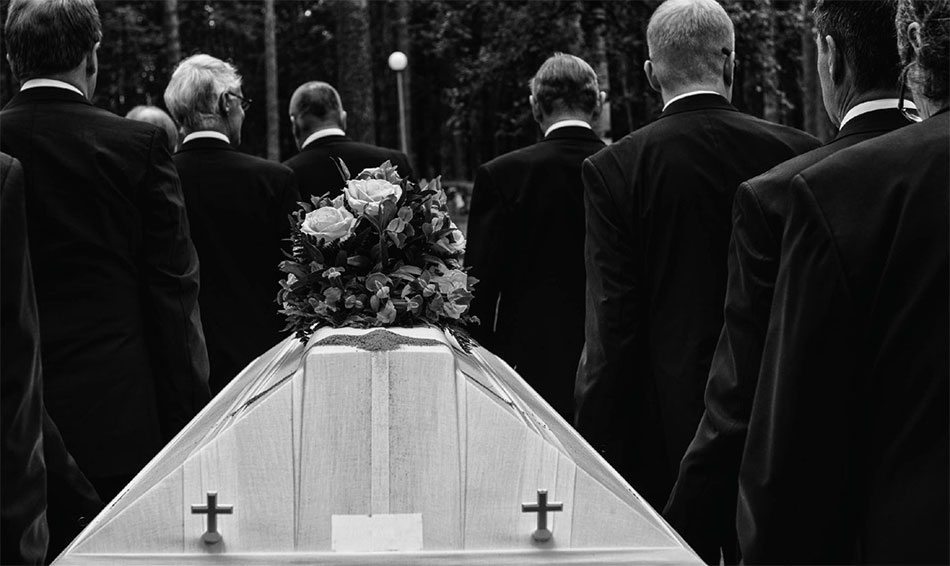How do you test a coffin?

The Coffin, Casket and Shroud Association (CCSA) carries out tests to ensure coffins used for cremation are safe and ready to use. These tests have been carried out by accredited and independent testing houses in accordance with the Coffin and Casket Testing Protocol developed between 2013-2018.
The coffins have all been subjected to the following tests:
Strength
The coffin is placed on trestles and loaded with weights for 24 hours, after which time any vertical movement or sag is measured. If the movement is within specified parameters, the test is passed.
Ball bearing bed functionality
A loaded coffin is placed on a standard crematorium ball bearing bed for 12 hours. The coffin is then moved and checked for snagging or directional instability, which would be classed as a failure.
Roller bed functionality
The same test as above but on a roller bed.
Auto-charger arm
Charging of a loaded coffin is simulated using a charging arm and a force applied similar to that used by crematoria. At the end of the test the coffin is inspected for any damage or deformation, which would be recorded as a failure.
TABO insertion machine
The coffin is placed on a rig built to mimic the TABO machine. If the coffin distorts around the supporting fingers so that it cannot be released this will be deemed a fail.
Ignition/radiant heat
A small representative section of material is clamped at a specified distance from a heat source to simulate a coffin approaching the cremator during charging. The temperature is increased in stages and inspected continually. Any smouldering or combustion observed during the test would be classed as a fail.
Tags: accreditation, association, casket, CCSA, health, manufacturing, protocol, safety, shroud, testing